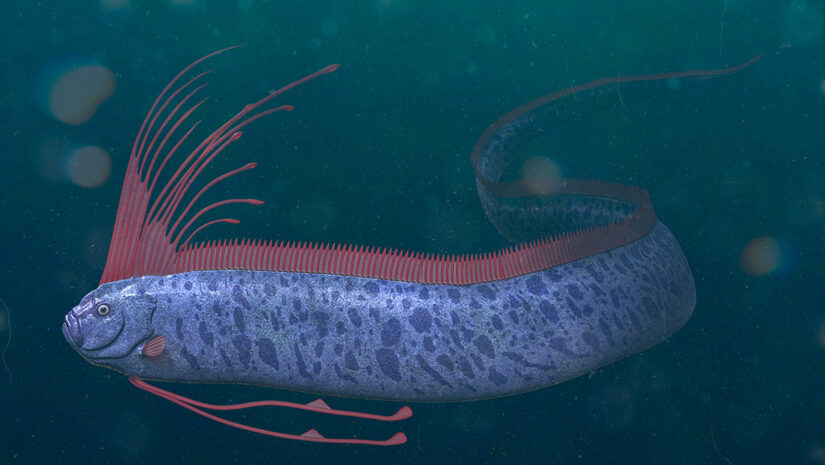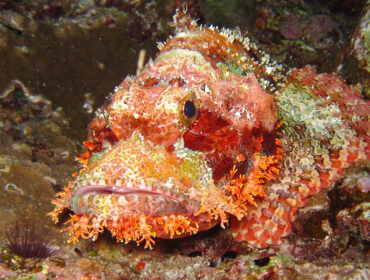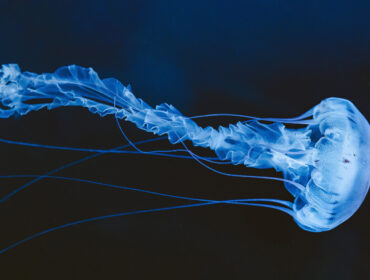SCUBA diving enables adventure seekers to see some of the most awe-inspiring creatures on the planet in a world that most people can’t even imagine having access to. While watching these amazing animals on television is entertaining, there is nothing like seeing these amazing sea creatures in their natural environment. However, there are sea creatures that even divers will never see in their lifetime due to the immense depths at which these animals live. We know so little about the deep sea that new species of deep-sea dwellers are constantly being discovered. Here are five enormous deep-sea animals you’d be lucky to see but are probably better left to the depths!
Giant Squid
Due to the elusiveness of the giant squid, many people questioned whether it even existed. Bestowed with menacing tentacles, giant squid have very few foes that roam the deep ocean. Even sperm whales have had their share of battles with giant squid. Some have even reported seeing giant squid over 60 feet long.
Japanese Spider Crab
In some people’s eyes, the Japanese spider crab is one of the most horrific creatures in the ocean. Unlike the usual crabs we see often along rocky shores and coral reefs, the Japanese spider crab can weigh up to 45 pounds. With an average lifespan of 100 years, this formidable sea creature can outlive most humans.
Giant Tube Worms
The giant tube worm makes the typical earthworm look minuscule. Growing to a length of over six feet, giant tube worms can usually be found nestling among each other. They thrive in extremely warm environments, so they will be frequently seen in large numbers near hydrothermal vents on the ocean floor.
North Pacific Giant Octopus
If you can see a giant North Pacific octopus, approach it cautiously. These deep-sea animals have even been known to kill sharks. Many experts believe that the North Pacific giant octopus is the largest octopus species on the planet, but who can say what lies unknown in the deep?
Oarfish
At first glance, the oarfish may appear to be a figment of your imagination. There are documented cases of people spotting specimens well over 50 feet long. Some scientists believe that the origins of this species can be traced back to prehistoric times. In recent history, two oarfish washed up along the shores of California on separate occasions in 2013.





